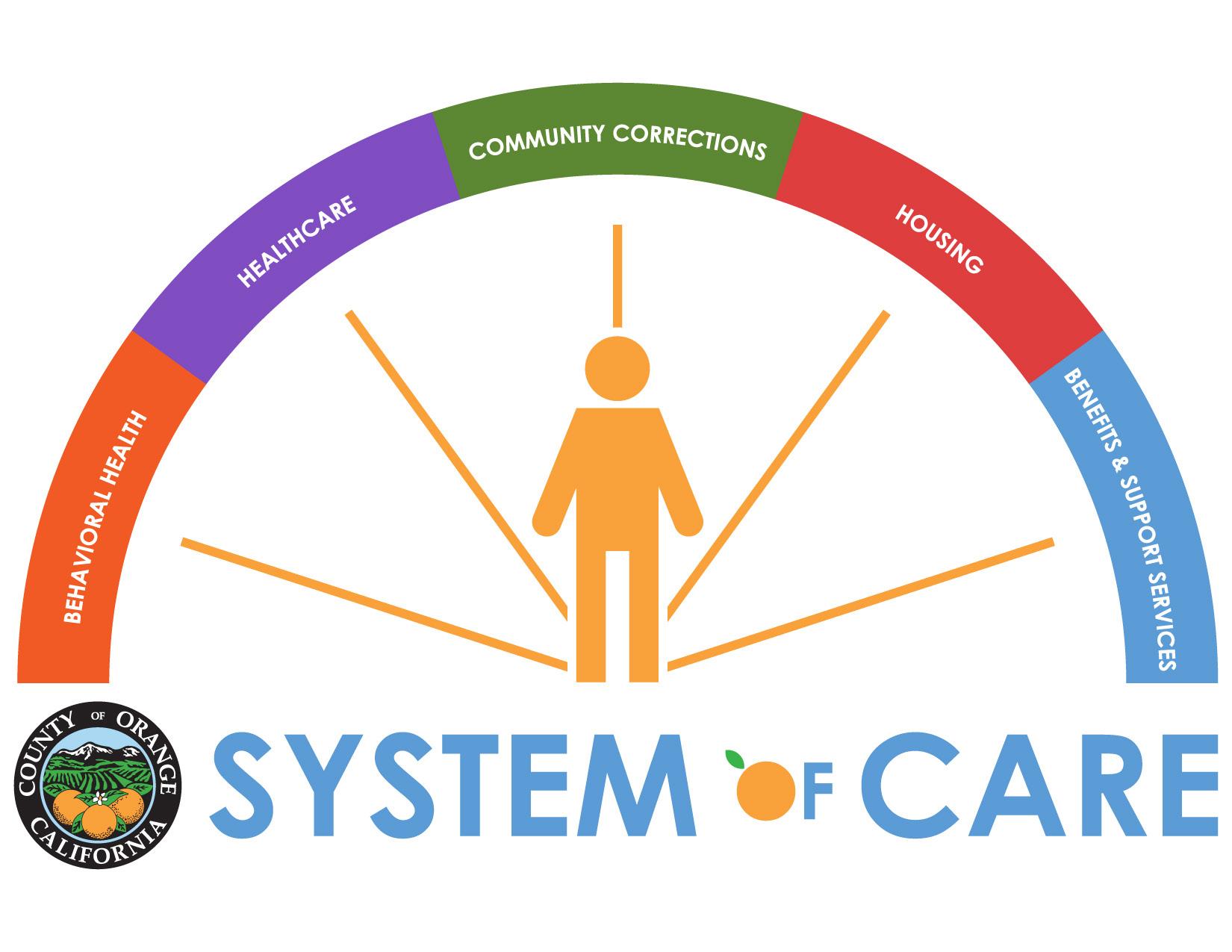
3 minute read
GENERAL PURPOSE REVENUE
The primary focus of the SFP is General Purpose Revenue (GPR) which provides what is referred to as discretionary funding or Net County Cost (NCC). Departments receive NCC allocations, approved by the Board of Supervisors, for programs and activities which are not funded by specific, dedicated revenue streams. While GPR does not have the specific limitations associated with the Dedicated and Non-Discretionary revenue sources, the County uses GPR to meet its mandated services requirements that are not fulfilled by the state and federal governments such as match requirements for Community Services programs and operational expenses of the Public Protection and General Government Services departments. Mandated services account for 90% of NCC, with the remaining 10% allocated to non-mandated services. Property Taxes are the largest and most important source of GPR. As of November 2020, property taxes accounted for almost 93% of all GPR. Of particular note, Orange County receives the lowest property tax revenue allocation share (5%) of all 58 counties in California.
Assembly Bill 8 (1979) set the property tax allocation formula for each California County. Since that time the County’s population has nearly doubled from 1.8 million to 3.2 million with no change to the County’s property tax allocation proportion.
Advertisement
February 2020
County of Orange Legislative Affairs Brief
FUNDING EQUITY A DONOR COUNTY
Orange County contributes $966.5 MILLION more and receives $754 MILLION less than peer counties. This structural inequity disadvantages our residents who rely on the County to provide critical services. Annually, the County receives $724 MILLION less than the 15 largest counties in the State. The County also receives $288 MILLION less in realignment and mental health allocations when compared to its peers. This totals to over $1 BILLION in State funds that is not allocated to the County. State AverageOrange County
Orange County contributes approximately $966.5 MILLION MORE
annually in funding to the State than the peer counties. Schools $966.5 MILLION MORE
Special Districts 12%
Cities 11%
Source: Capitol Matrix Consulting 62%
Redevelopment Funds
10% $724 MILLION LESS
Orange County receives $724 MILLION LESS each year than commensurate funding received by peer counties.
Special Districts
8%
Cities
12%
Schools
55% Redevelopment Funds 11%
HOW DID WE GET HERE?
County
Assembly Bill 8 (1979) set the property tax allocation formula for each California County. Since that time the County’s population has nearly doubled from 1.8 million to 3.2 million with no County 5% 14% change to the County’s property tax allocation proportion.
$0.25$0.25
$0.20$0.20 ORANGE COUNTY RECEIVES THE LOWEST PROPERTY TAX REVENUE ALLOCATION OF ALL 58 COUNTIES
LA County
$0.15$0.15
STATE AVERAGE: $0.14
$0.10$0.10
$.20
San Bernardino County Riverside County San Diego County
$0.05$0.05
Orange County
$.09 $.10 $.12
$.05
$0.00$0.00 Orange County LA County San Bernadino County Alameda County San Diego County
The County's budget development process begins in January when the CBO issues budget policies and detailed instructions for County departments including a calendar establishing completion dates for key budget development events.
The CBO, in coordination with the County Auditor-Controller's Office, establishes the level of non-departmental, countywide revenues projected to be available to the County. County departments prepare budget requests and submit them in early March to the CBO. The County Executive Officer (CEO), Chief Financial Officer (CFO) and CBO staff meet with the department or financial manager to discuss the requests. After extensive review and collaboration, including recommendations provided by the CFO and CEO, the budget is then compiled, balanced and undergoes a final review by the CBO, CFO and CEO before the Recommended Budget is published.
In May, the CBO plans and conducts briefing sessions for the County Board of Supervisors' staff members and the CEO and CFO conduct individual briefings with Board members. During the Public Hearings In early June, the CEO presents the budget, and the Board casts straw votes and provides direction. Subsequently, in late June, the Board adopts the budget on a simple majority vote. The adopted budget becomes the spending plan and spending limit for County departments.
In summary, the Recommended Budget serves as the County’s baseline budget and excludes requests from departments for additional resources, known as augmentations, to either maintain or expand current levels of service; these requests are included under separate cover in the Budget Augmentation Requests document. The Annual Budget reflects Boardapproved augmentations. For additional information related to augmentations, please refer to page 20 of this document.
For a Budget Calendar, please refer to pages 30-31 of this document.
For additional budget information and glossary please refer to the budget books found on the County’s website: https://cfo.ocgov.




